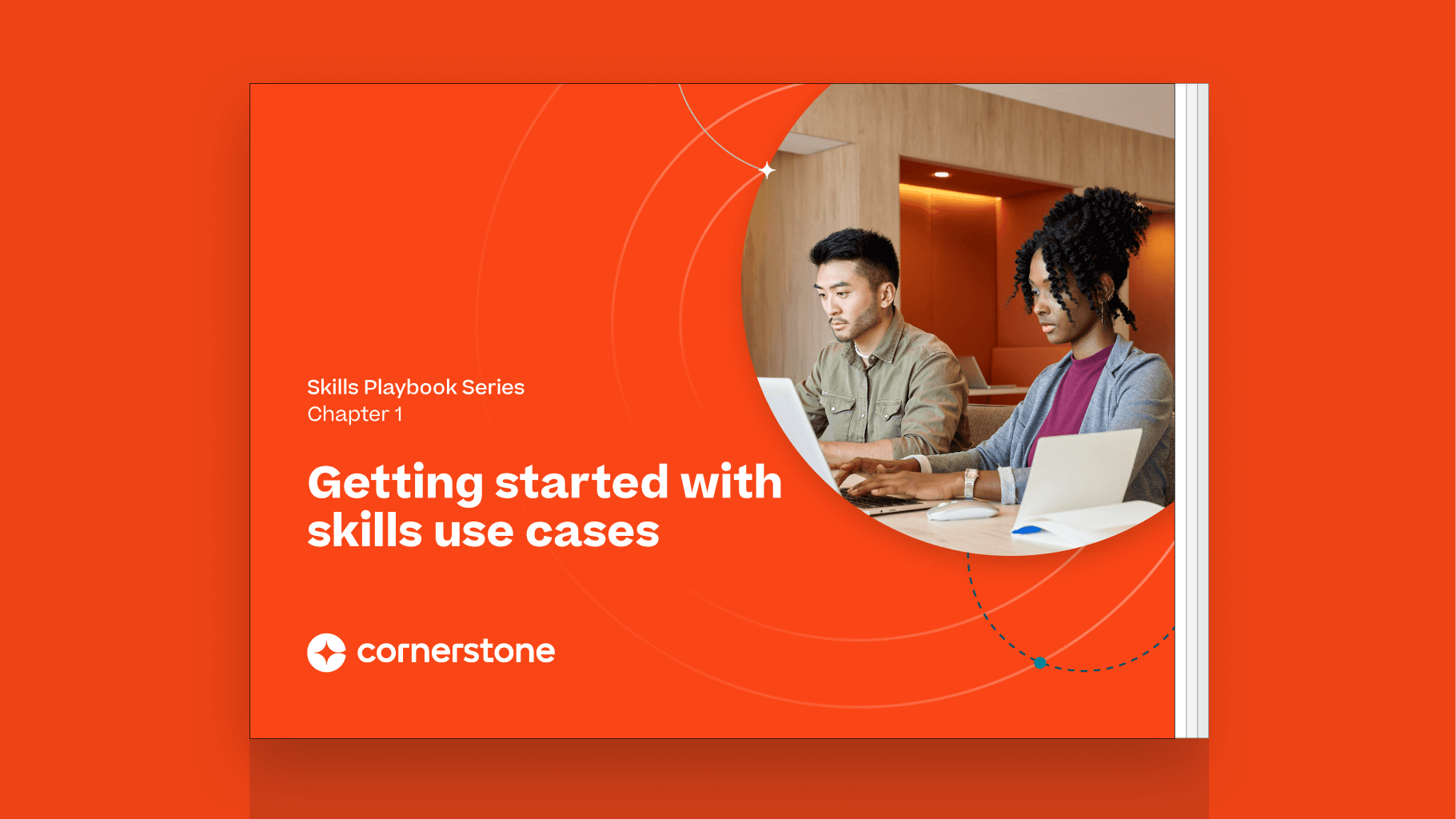With more and more organisations now switching to digital learning to achieve learning in the flow of work, you’re probably wondering how learners can stay engaged with colleagues and company. Social learning is a key way to achieve this.
Simply put, it involves the informal ways we learn from our colleagues, through blogs, forums, directories, videos, and so on.
In fact, based on LinkedIn’s Workplace Learning Report in 2020, 36% of L&D professionals surveyed said that social learning will continue to impact online learning in the next 5 years.
Knowing this, here are ways on how you can incorporate social learning into your L&D strategy especially in today’s mostly virtual workplace:
- Create a workplace learning blog
Usually, a blog serves as a one-stop site for learners to read on some interesting topics showing how workplace learning is crucial for them as individuals and for business.
More importantly, a corporate learning blog provides your learners with a creative space where they can express their thoughts and reflect on topics from their training programme. The best part is that their colleagues can read their posts, drop some comments, and provide commentaries.
Essentially, your learning blog can facilitate interaction among your learners, enable knowledge sharing, making it easier for them to retain and comprehend learning points while working with peers.
Even better, setting up a workplace learning blog is FREE!
Good thing that there are many blogging websites and templates to choose from. It will only take you a few minutes to launch your blog and introduce it to your employees.
- Meet your learners through social media
Consider this, millennials are dominating the workplace today while Gen Z-ers are also starting to enter the workforce. Most of them are skilled in using digital tools and social media. More importantly, it’s where they usually stay, so it’s best to meet them where they are.
Based on a Harvard Business Review report, employees who use social media in the workplace are more engaged in their companies. Promoting social media use at work allows them to casually browse the internet and also learn while they’re in the process of completing tasks for their respective jobs.
For instance, when your learners see that your organisation is actively engaged across social media they use, they’ll also be encouraged to interact with their peers even outside the confines of your office. Facebook, Twitter, and Youtube can then be used to disseminate information related to the training programmes they’re taking.
Here, they can collaborate and interact among themselves to more effectively learn in the flow of work.
- Encourage collaboration through different tools
Here’s the thing, collaboration among employees in person isn’t an easy feat. So, as you know, collaboration in virtual spaces is much more challenging.
With the help of collaboration tools and sites, social learning in online spaces can be more manageable, and sometimes, more effective in boosting camaraderie among colleagues.
Use websites and mobile apps that let your learners freely share their insights on a topic or ask questions about certain parts of their training programmes. It’s also a plus if you provide your learners with virtual classes to discuss industry-specific and other relevant topics together, facilitated by a certified trainer and instructor.
Here, your instructors can discuss curated content and certain learning pathways based on the batch or group of learners in a specific virtual classroom.
- Leverage your internal subject matter experts (SMEs)
Internal subject matter experts (SMEs) are people you can tap into to help you make your social learning experience richer and more comprehensive.
You can organise monthly webinars where you can invite your SMEs to share their ideas and show expertise on topics that can help your employees improve their work performance and how they can leverage corporate training for their careers.
This way, learning in the flow of work can happen more organically as your learners can quickly consult your SMEs whenever they’re not busy. This quickly creates a culture of learning in your organisation.
You can also let your SMEs contribute to writing an eBook or white paper and contribute to your workplace learning blog as well.
Conclusion
The key takeaway for promoting social learning through your mostly virtual workplace is that it is best to cover a wide array of communication and collaboration tools so that you can best provide a range of learning opportunities for your employees. This is how you foster a more collaborative learning environment and culture for your learners.

